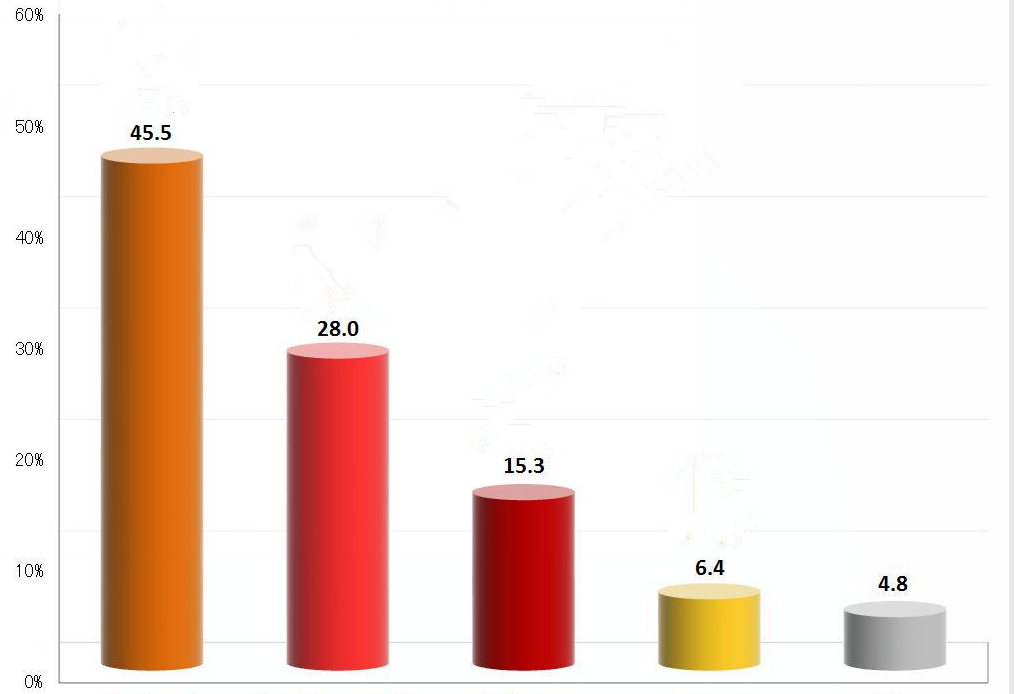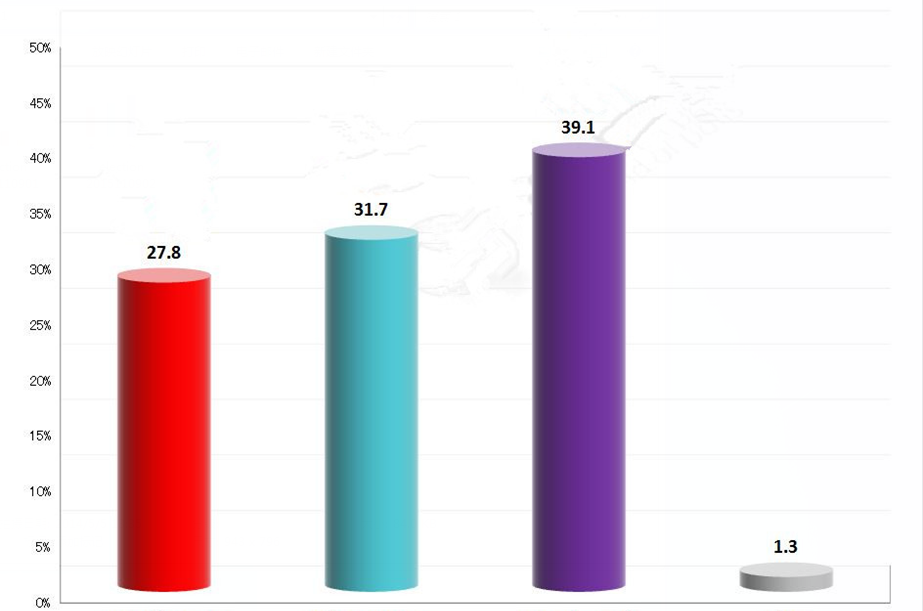By simulating an election and discussing the concepts that guide political parties in preparing for election, you can help your students get a better understanding of mathematics, political & social studies concepts in a fun and engaging way.
With an interactive display and some markers, you have all the tools you need to begin the activities below.
Activity #1 Learning About The Election Night
Election night coverage is usually abuzz with real-time reporting on the ballots. Middle school children are old enough to understand the basic concept of an election, but they usually lack the knowledge to understand exactly how polling works.
Conduct a mock poll of your students. Have them select their pick for local, regional or national politicians. Show them how to calculate the polling percentages and chart the results on the interactive display to give them an easy visual guide. If you'd like to take a more lighthearted approach, you can ask them to choose a "president" of the classroom.
Activity #2 Working on Political Strategies
Ask your class to come up with the four or five most important issues discussed in current politics. Write these down on the interactive display and ask the class to vote on which issue is most important to them. Chart the results, calculate the percentages and discuss why these issues are so important or why some are more important than others.
Based on the above results, ask your class what they think political parties do with this kind of information. Do political parties focus on political issues where they are popular with voters or do they try to improve their reputation with issues they aren't so popular with?
Activity #3 Figuring Out The Electoral College
Even more difficult than understanding polling is knowing how the electoral college works. To many middle school children, these words seem alien and complex. However, it is actually a fairly easy concept to understand and classroom games can make the experience less intimidating.
Like the "Election Night" game, have your class vote for their favorite political leader of the current election. Write the results down on the interactive display, and calculate simple percentages with your class. Explain that this is the popular vote, which takes into account the total number of all votes.
Then divide them into four or five groups of different sizes that represent the different states, provinces or regions in the country - in other words, the different electoral colleges. Ask them to vote again. But the candidate who gets the most votes in a group wins that electoral college this time. The candidate who wins the most electoral colleges wins the election, even if he or she didn't win the most votes.
Conclusion
By incorporating fun and engaging activities into your lesson plan during election time, you can deepen your students' understanding of core issues like vocabulary, social studies and math, while introducing political concepts that they can use outside the classroom in civic life. Who says politics is boring?
Read more about Interactive Classroom Games for Learning
About Elections.
Previous:Pair Electronic Whiteboards & Mobile Devices For Great Results
Next:Interactive Classroom Games for Learning About Elections - Part One

